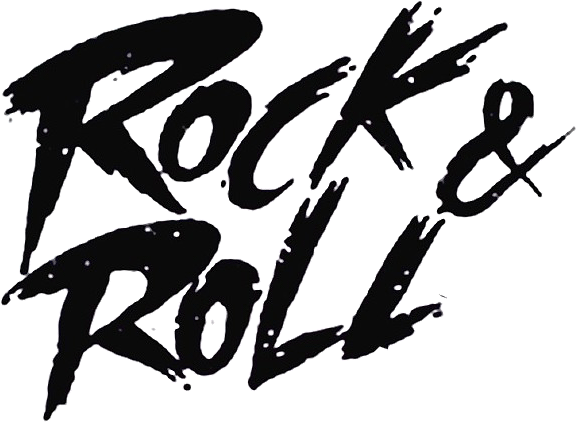Theme
Each term I will be sending home a knowledge organiser. Please encourage your child to read through it and learn some of the vocabulary linked to the topics we will be learning. This will really them to engage in the lesson and will also help you to understand more about the topic we are teaching.
Autumn 1
Our theme is… There’s no place like home
Our Key Questions are:
- What are the human and physical features of our local area?
- How have human and physical features of the landscape changed in Pendle since the 1600?
- What do you know about the Pendle Witch trials of 1612?
We will also be able to locate Burnley on a series of maps and explain what we know about its location.
PSHE
In PSHE we explored things that are safe and things that are not safe to share online. We took part in a quiz, actively answering questions. We folded our arms when we discussed things that we should keep to ourselves and opened our arms wide if we could share them with others.
Music
One part of our music lesson is to Listen and Appraise the song Let Your Spirit Fly and other songs such as:
? Let Your Spirit Fly by Joanna Mangona
? Consider Yourself from the musical ‘Oliver!’
? Ain’t No Mountain High Enough by Marvin Gaye
? You’re The First, The Last, My Everything by Barry
The children really enjoy exploring the different songs and givingtheir opinions on them. They aslo like listening to try to identify what instruments they can hear in the songs.
We have learnt and performed the song Let Your Spirit Fly by Joanna Mangona. Watch this space for our final performance that we will upload.
We have also been exploring using musical intruments alongside the song. The children really enjpoyed using the glockenspiel.
We have been very lucky to have a visit from our local Morris dancing group. The children loved it and can't wait to build on our dancing in our next PE dance topic.
Autumn 2
Autumn 2 - Healthy Humans links - Science and Desgin Technology.
Above is the knowledge oragnisers your child has been given to take home. We have asked the children to read through the key words we will be using throughout our Science and DT topic.
We created a healthy meal for an althlete. We designed and created a pasta salad.


Spring 1
Our theme is… Rock and Roll - The Stone Age- History
Our Key Question is:
-What was life like, in the Stone Age period?
We looked at the chronology of the Stone Age, Bronze Age and Iron Age
We looked at the acheivements of Stone Age Man.
We explored housing and how it changed during the diferent parts of the Stone Age.
We explored cave drawings and the theories behind why they exsist. The children then created their oen in cave we made under our tables.
We have learnt how the earth is structured and the definitions of each layer of our planet.
We went on to label the different parts of a volcano and describe how and why volcanoes erupt To show just how confident we were, we labelled diagrams and described the process in our own words. We had fun learning about tectonic plates and fault lines. In one activity we found out that the earth's crust is divided in many tectonic plates and where these plates meet are called fault lines.
Summer 1
Our theme is... Romans - History - Focus: Cause and effect


We will be learning about:
Vocabulary
We first spent some time immersing ourselves in the vocabulary. We made a jigsaw and matched the words to the meaning.
When and where did the Roman Empire began and how did it grow?
We looked at where the empire began and how its spread over the Roman era as more countries were conquered.
Why did the Romans invaded Britain?
We studied the five reasons that the Romans decided to invade Britain. We collected lots of information that we will use to write a non- chronological report in exteneded write.
Explore two accounts and form an opinion.
We looked at the two different views and stories of Boudicca. We looked at the Roman's view and the Celt's view.
Explore Roman artefacts
We are very lucky that our school subscribes to the Lancashire Loans Service. We were able to borrow some Roman artefacts that we could dress up in and explore. The children first had to predict what they though the artefact was and then we went through each one and used the description to see if our prediction was correct.
See below the pictures of the children exploring and wearing the artefacts.
What the Romans did for us
We looked at all of the things that the Romans left behind when they left in AD410.
 Reedley Primary School
Reedley Primary School.JPG)
.JPG)
.JPG)


.JPG)
.JPG)
.JPG)
.JPG)



















![IMG_3317[1].JPG](/uploads/378/images/3RE/28th March/IMG_3317[1].JPG)
![IMG_3308[1].JPG](/uploads/378/images/3RE/28th March/IMG_3308[1].JPG)
.JPG](/uploads/378/images/3RE/28th March/IMG_3314[1](1).JPG)




















